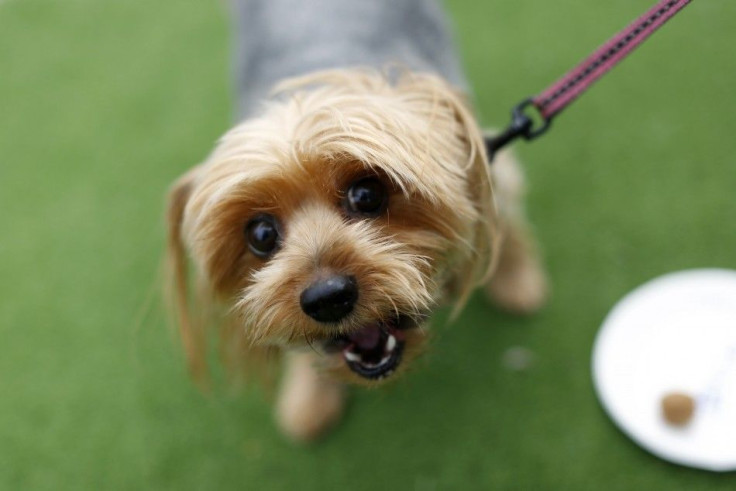5 Things You Should Know About House Training Your Pets

There are several myths surrounding house training a pet. Almost half of pet owners are unsuccessful in completely solving the issue, with about 25 percent of pets being given up to animal shelters because owners can no longer take care of them or don't have the patience to do so. Here are some tips on how to house train pets regardless of age.
1. Start as soon as they arrive home
Some owners make the mistake of waiting a few weeks before they start house-training their pets. Dr. Mark Stickney, at the Texas A&M College of Veterinary Medicine & Biomedical Sciences, said that training should begin as soon as you bring your new pet home. Bring the animal to the area where you plan for it to do its business then wait as long as possible for it to eliminate before inviting the pet inside the house.
2. Create a schedule
Puppies will need to go out several times a day. Create a schedule and be consistent with it, so that your pet will adjust accordingly. During the first two to four weeks, you have to take it outside every one to two hours. Increase the periods in between over time, going out every two to three hours until your pet reaches about six to 10 months when it can relieve itself only every four to six hours a day.
3. Wait until the pet finishes
Patience is a virtue for house trainers. Ignore your pet until it completely relieves itself before going back inside. Some pets will immediately do its business while others might sniff or move around for 10 to 20 minutes. Wait as long as possible and ignore it until it does what it is supposed to do.
4. Do not punish it for mistakes
Expect accidents to happen every now and then. Owners should be patient with their pet's progress and avoid scolding or punishing it for eliminating inside the house. A study at Barnard College in New York showed that the guilty look on dogs does not really indicate a response to a misdeed but only a reaction to cues. Your pets will not understand its mistakes so it is a better option to take it outside to finish its business during such incidents.
5. Reward and praise
Pets respond better to rewards and appreciation. After it finishes doing its business, give it a treat or a good amount of patting. Your pet will understand the lesson faster and you can expect house training to be an easier and more fun activity for the two of you.





















